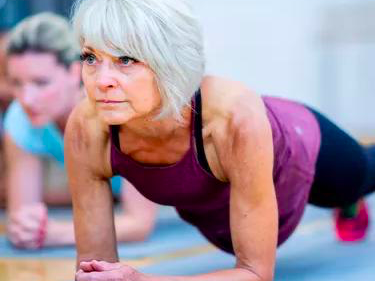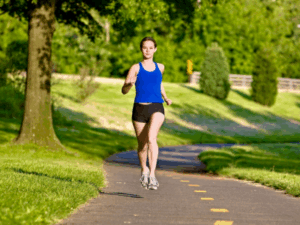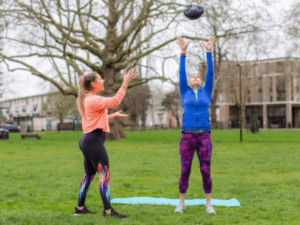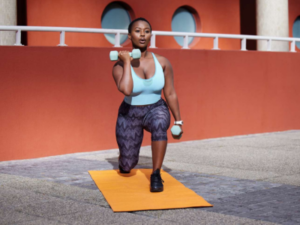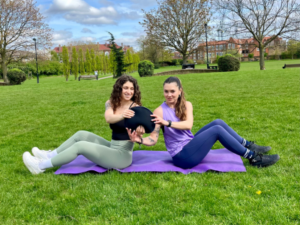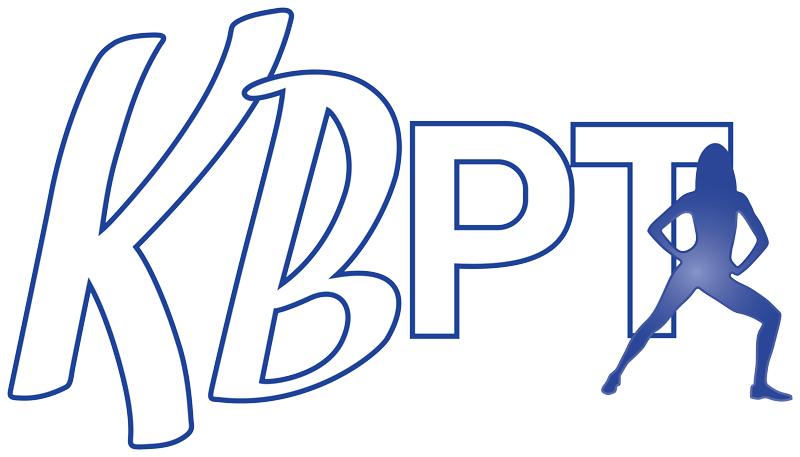“The truth is that most of the limitations that older people experience are not caused by ageing itself – but by the way people choose to live their lives as they get old.”
These are the words of Sir Muir Gray, former NHS Chief Knowledge Officer and author of Sod Seventy!: The Guide to Living Well, who notes that you can defy the years by staying healthy and active as you get older.
We completely agree! Regular exercise isn’t just for those in their 20s, 30s, 40s or 50s; if you’re over 60, staying fit can also help you to lead a full and independent life. In this blog, the KBPT team looks at some of the benefits of exercise for older adults and suggests the kinds of activities to do.

Source: https://assets.publishing.service.gov.uk/government/uploads/system/uploads/attachment_data/file/829884/3-physical-activity-for-adults-and-older-adults.pdf
What are the benefits of exercise for older adults?
Being active has a number of advantages for your physical and mental health. It can help you to maintain a healthy weight, reduce muscle loss and lower your risk of certain health conditions, including Type 2 Diabetes, heart disease, dementia and some cancers. There is also evidence that regular exercise can reduce the risk of losing your balance and falling as you get older. Plus, it’s great for managing stress and can help you to sleep better.
What should I do to keep fit?
Ideally, you should be physically active every day. Light activity includes things like doing the housework and walking at a slow pace.
If you’re aged 65+, the NHS recommends you do at least 150 minutes of moderate activity every week (e.g. 30 minutes a day, five days a week). Try to focus on activities that raise your heart rate and make you breathe faster, such as a brisk walk, a bike ride, a swim, a game of tennis or dancing.
You should also include some exercises that work your muscles and improve your strength, such as lifting weights, yoga and digging your vegetable patch. It’s also a good idea to do some activities that aid your balance, like one leg stands and small step-ups.
How do I get started?
If you haven’t exercised for a while, talk to your GP first and make sure you start slowly. You might like to begin with some gentle sitting exercises – while you’re in your chair, try doing some arm raises or ankle stretches. Walking is another good way to ease yourself into a more active lifestyle. Perhaps you could walk with a friend or family member so it becomes a social activity too?
You might also like to make the most of online workouts or use the internet to find a local sports group – do a quick search for e.g. ‘yoga for older adults’ or ‘tennis club near me’. And don’t forget that everyday activities, like vacuuming the house or mowing the lawn, are a great way to get you moving.
Of course, if you’d like a more structured fitness routine and guidance from an experienced personal trainer, KBPT would be delighted to work with you. We’ll talk to you about your goals and help you to achieve them safely and with a smile! Contact Kate at kate@kbpersonaltraining.co.uk for an informal chat.
You can find lots more information on the NHS website and, if you’d like to take up a new sport, this BBC tool will recommend the right one for you.

